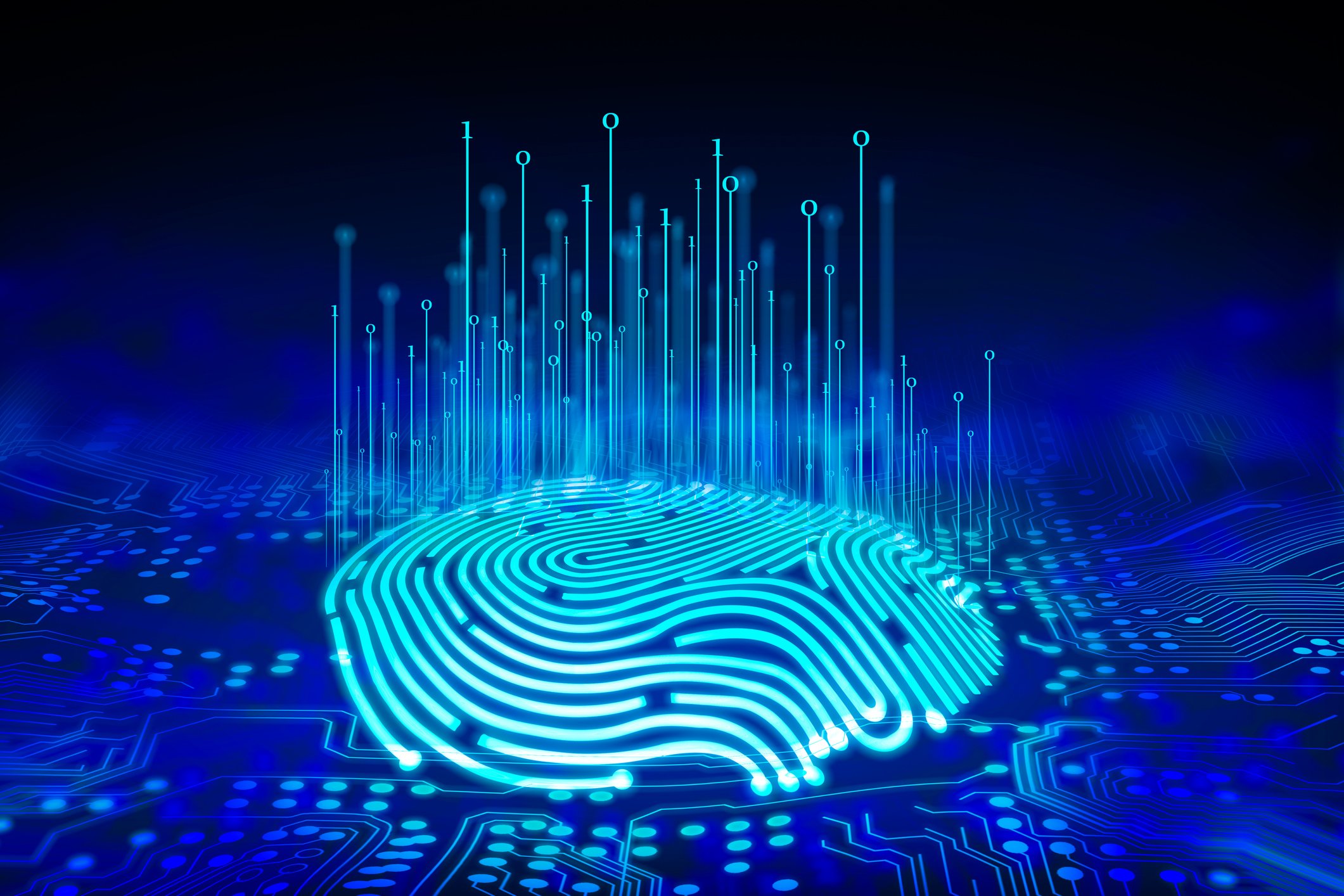As the technology develops, the chances of cyber attack and fraud also increases. Data security is a top priority for both individuals and organizations in today’s fast-paced digital environment. Passwords and PINs, two forms of conventional security, have shown to be susceptible to online threats.
Consequently, behavioral biometrics have become more popular as a result of the demand for more reliable and cutting-edge security solutions. In this blog, we will delve into the behavioral biometrics market, its benefits, the main growth factors, the different types of solutions, and the numerous applications that it is used in.
What is Behavioral Biometrics?
In order to verify and authenticate users, behavioral biometrics, a cutting-edge security technique, uses distinctive human behavioral characteristics. It examines a range of human behaviors, including typing, mouse, voice, and even cognitive traits like decision-making. Anomalies can be found and the legitimacy of the user using a digital platform or application ensured by the system’s ongoing monitoring of certain behavioral patterns. Behavioral biometrics offers several advantages over traditional authentication methods, making it an appealing choice for enhancing security
- Continuous Authentication: Unlike static passwords, behavioral biometrics provides continuous monitoring and verification throughout a user’s session, offering real-time protection against potential threats.
- User-Friendly Experience: Users can seamlessly access their accounts without the need to remember complex passwords, improving user experience and reducing the risk of password-related issues.
- Enhanced Security: Behavioral biometrics adds an extra layer of security, making it significantly harder for cybercriminals to mimic or bypass authentication measures.
Secure Market
The behavioral biometrics market has witnessed substantial growth in recent years, driven by the escalating need for robust security solutions and the increasing adoption of digital services. The market was valued at USD 1,245.39 million in 2023 and is expected to grow at a CAGR of 25.10%, generating a whooping revenue of USD 9,345.99 million by 2032. Some factors influencing the growth are:
- Growing Cyber Threats: The rising frequency and sophistication of cyberattacks have prompted organizations and individuals to seek advanced security solutions like behavioral biometrics.
- Regulatory Compliance: Stricter data protection regulations and the need to comply with industry standards have compelled businesses to adopt more secure authentication methods.
- Shift to Digitalization: The increasing reliance on digital platforms and online services has escalated the demand for secure and user-friendly authentication solutions.
Primary Solutions
Behavioral biometrics solutions encompass both software and services, which together create a robust security ecosystem. Let’s explore three primary types of solutions in this domain:
- Software
Behavioral biometric software analyzes and tracks user behavior patterns to authenticate their identity continually. It employs sophisticated algorithms to identify anomalies and potential security threats. This segment is expected to experience faster growth ultimately boosting the behavioral biometrics market growth.
- Services
Behavioral biometric services include consulting, deployment, and support services offered by solution providers to help organizations implement and maintain effective security measures.
Extensive Applications
- Identity Verification & Validation
Behavioral biometrics is extensively used for identity verification and validation during customer onboarding processes. It ensures that only legitimate users gain access to sensitive data and services.
- Fraud Prevention
Behavioral biometrics plays a crucial role in fraud prevention, as it can detect unusual behavior or activities that may indicate fraudulent attempts to access accounts or perform malicious actions. This segment accounted for the largest behavioral biometrics market share in 2022.
- Multi-factor Authentication
By combining behavioral biometrics with other authentication factors, such as passwords or fingerprints, multi-factor authentication enhances security and mitigates the risk of unauthorized access.
- E-commerce Security
In the e-commerce industry, behavioral biometrics helps prevent fraudulent transactions by analyzing user behavior and detecting any suspicious activities during the payment process.
- Continuous Authentication
Behavioral biometrics provides continuous authentication throughout a user’s session, reducing the risk of unauthorized access if a user’s account is compromised during an active session.
Installing Safety Systems
The growing concern over data security and the increasing prevalence of cyber threats have driven the demand for robust and user-friendly authentication solutions. Behavioral biometrics stands out as a promising technology that leverages unique human behavior patterns to enhance security.
With its continuous monitoring capabilities and ability to detect anomalies, behavioral biometrics is reshaping the landscape of digital authentication. As businesses and individuals prioritize safeguarding their digital assets, the behavioral biometrics market is poised for significant growth and continued innovation.

